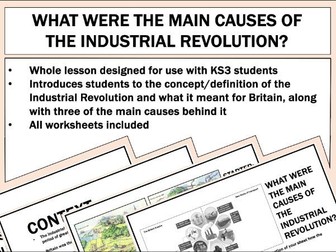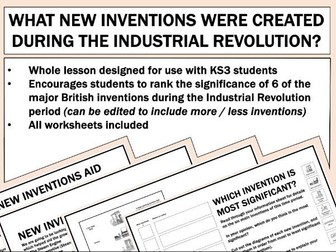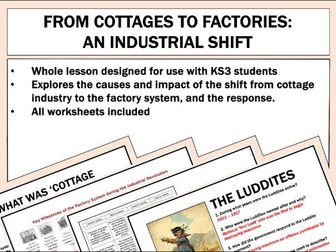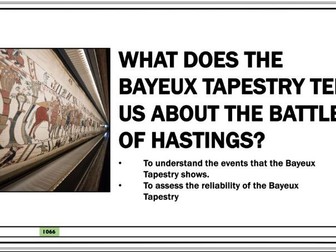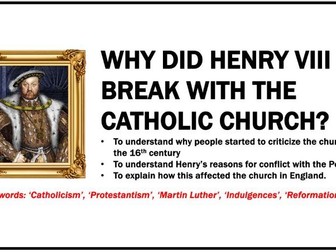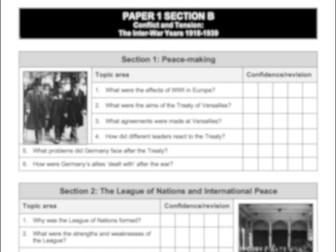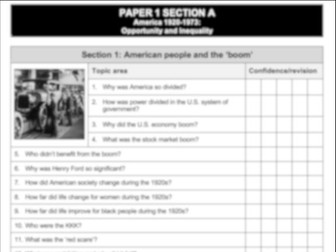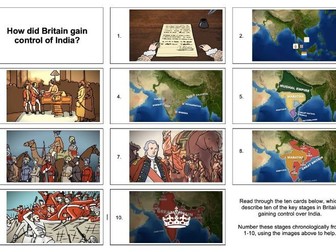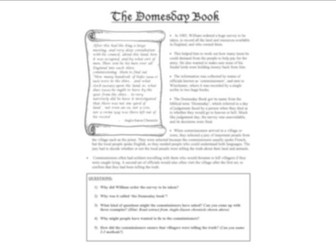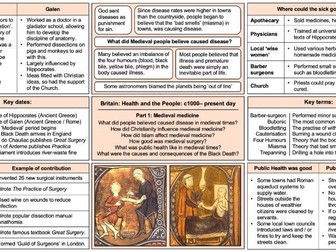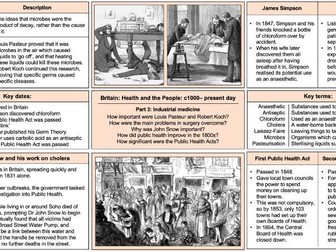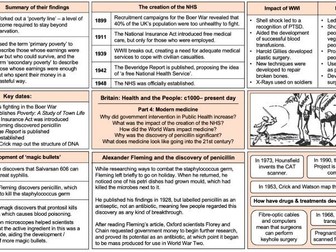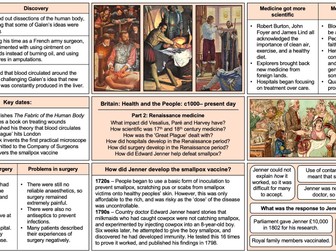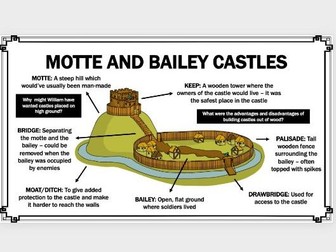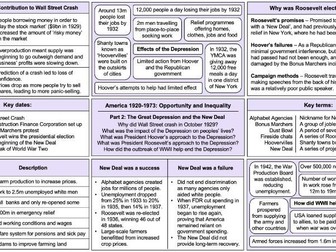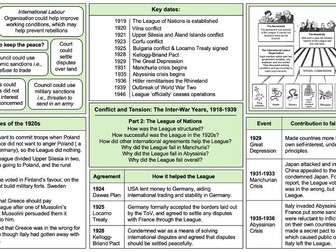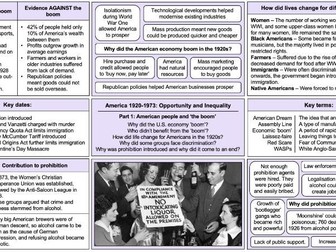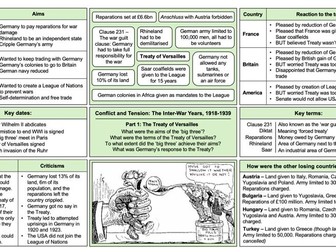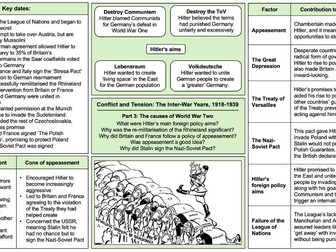
Industrial Revolution: Introduction
Full lesson, designed for use with KS3 students to introduce them to the Industrial Revolution.
The lesson begins with an explanation of the concept/definition of what is meant by ‘Industrial Revolution’. I try to use this opportunity to think about where they may have encountered the term ‘revolution’ before in History.
Students then engage in a ‘spot the difference’ activity, circling differences between images of how a typical English town might look in 1750 vs 1900. This encourages them to begin acknowledging some of the major changes which happened to society during this period.
They can then watch a short video to help consolidate their understanding of the term, which begins to explore some of the reasons Britain underwent such a revolution. Depending on the class, you may or may not wish for students to take notes during this.
Finally, students will be given an information sheet, explaining three major causes of the Industrial Revolution: The British Empire, the Steam Engine, and the growth of Transport. Alongside this, they will have a worksheet on which they need to explain in their own words how each of these factors contributed to the revolution.
Lesson includes a PowerPoint, an information sheet, video link and two worksheets. All can be edited to adjust lesson if desired.
